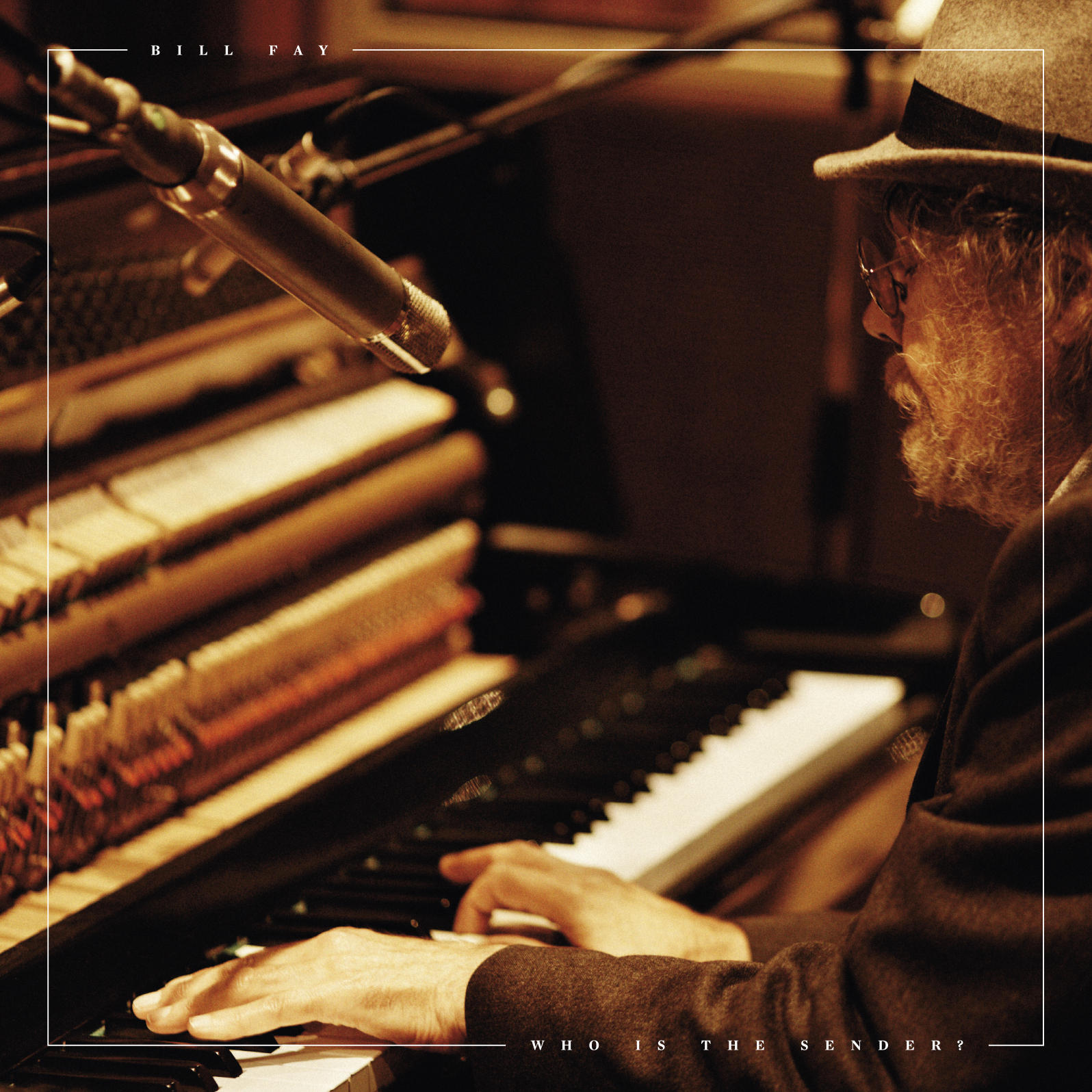English singer-songwriter and pianist Bill Fay has proven to be one of the real enigmas of the decade. After releasing two highly-regarded but commercially underwhelming albums in the early 1970s, Fay all but disappeared from the scene, taking on a number of odd jobs and sporadically returning to the studio in sessions that would initially remain unreleased. However, following the rise of a small but dedicated cult following and a pair of low-key remasters of his old demos, Fay surprised many with the sudden release of ‘Life Is People’ in 2012, his first studio album in over 40 years.
The album would go on to reach No. 56 in the UK Charts, an astounding feat given the circumstances. It would become one of the most critically acclaimed albums of the year, garnering praise from the likes of Nick Cave, Drive-By Truckers’ Patterson Hood and Wilco’s Jeff Tweedy. His wonderfully crafted songs and humble, unassuming manner struck a chord with many, but given his previous interval, it was anyone’s guess if another studio album would appear. However, ‘Who Is The Sender?’ appeared almost without ceremony in April 2015, and left us with one question in mind: when such a highly regarded album is your only release in 40 years, how will the follow up compete?
The first song on the album, ‘The Geese Are Flying Westward’ is typical Fay, having a very similar tone to ‘Big Painter’ and ‘City Of Dreams’ from his previous album. The song is dark, foreboding and simplistic, with a wonderful juxtaposition of natural and industrial imagery. Whilst not overly gifted in a contemporary sense, after the first few phrases it’s hard to imagine the music working as well with anyone but Bill Fay’s vocals. For the most part, his voice is aged, weathered, and barely above a whisper but also pure and emotive. He has no need for vocal gymnastics; he is purely focused on the message and feeling of his music. This is highlighted by the following couple of tracks, which turn out to be by far the two best songs on the album. ‘War Machine’ is a dreamy, bittersweet hymn of peace in a world of natural beauty and manmade aggression. Strings linger beautifully in the backdrop, and the frailty of Fay’s voice adds a heartbreaking sincerity. ‘How Little’ delves even deeper, questioning the very meaning of existence that connects all things.
Built around a simple piano chord pattern, the song slowly builds over its duration, as organ, additional vocalists, drums and a scorching guitar solo enter the fray one by one. The lasting refrain of “It’s all so deep” throughout the ending harmonies is particularly cutting and really gets to the heart of the listener. The pace slows but the sentiment stays the same with ‘Underneath The Sun’, a truly haunting number in stark contrast to the tender piano ballad that is ‘Something Else Ahead’. ‘Order Of The Day’ is a welcome lift as the tone raises and message becomes a more hopeful one. “We’re gonna change this world” insist Fay with a sudden sense of determination and conviction.
Half way through the album and we reach the title track, but unfortunately it’s here that the album starts to lose some of its momentum. Saying this, ‘Who Is The Sender?’ is musically wonderful, and the interplay of strings and brass is sublime. However, lyrically, it just isn’t as insightful as some of his earlier material, relying heavily on repetition and clumsy metaphor. Things do pick up with ‘The Freedom To Read’ a curious and historical number dedicated to William Tyndale, an English scholar executed in the 1500s. ‘Bring It On Lord’ takes on a somewhat religious theme, as amongst a choir of voices Fay seemingly dares whatever deity caring to listen to bring peace to the world. Faltering slightly again, ‘A Page Incomplete’ is a pleasant enough song but the words do it a disservice. The subject matter is beginning to feel rehashed, and whilst the structure of a single verse that repeats worked to great affect on ‘Be At Peace With Yourself’ from ‘Life Is People’, this song lacks the pure melodic and emotional clout of its predecessor.
Luckily, Bill Fay saves a little something for the end and ‘Who Is The Sender?’ takes a definite upturn for the final three songs. ‘A Frail And Broken One’ is one to wrench a few hearts, as Fay cuts a solitary figure in a possibly autobiographical recount of the consequences of a lifetime of hardships. The gorgeously-arranged strings and brass behind his almost spoken vocals on ‘World Of Life’ leads into the closing song ‘I Hear You Calling (Studio Reunion)’ brings the album full circle, gathering together a large group of vocalists for a grand communal finale.
Given the almost mythical status he has gained amongst fans in recent years, the follow up to ‘Life Is People’ was always going to be a difficult one. In many respects, Bill Fay has done quite admirably with ‘Who Is The Sender?’, crafting some beautiful songs and honing his wise sage persona expertly. However, it all begins to trail off around half way through the album with the remaining tracks, whilst not being bad by any means, lacking the memorability of his earlier work. There is no ‘This World’ to give respite from the heavier, more serious numbers with a simple folk rock song, and lyrically some songs just sound uninspired with the same imagery and basic meaning repeated between each one. In some ways it feels like Fay has merely attempted to replicate his previous album with tunes that are nowhere near as strong. On its own, ‘Who Is The Sender?’ is a fine album that is well worth anyone’s time, but for a fan familiar with what Fay is capable of, it may come a disappointment.

